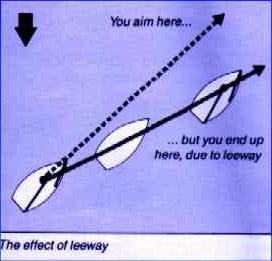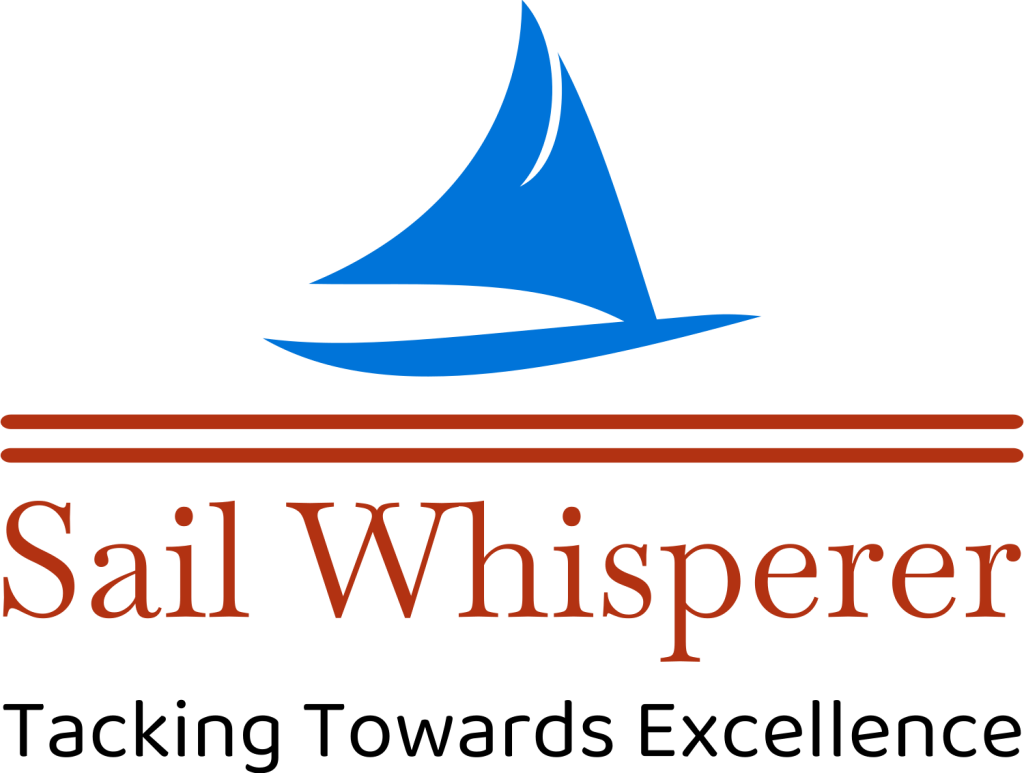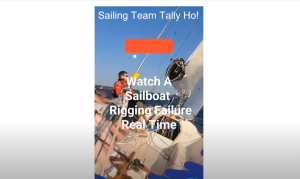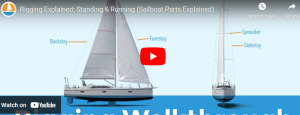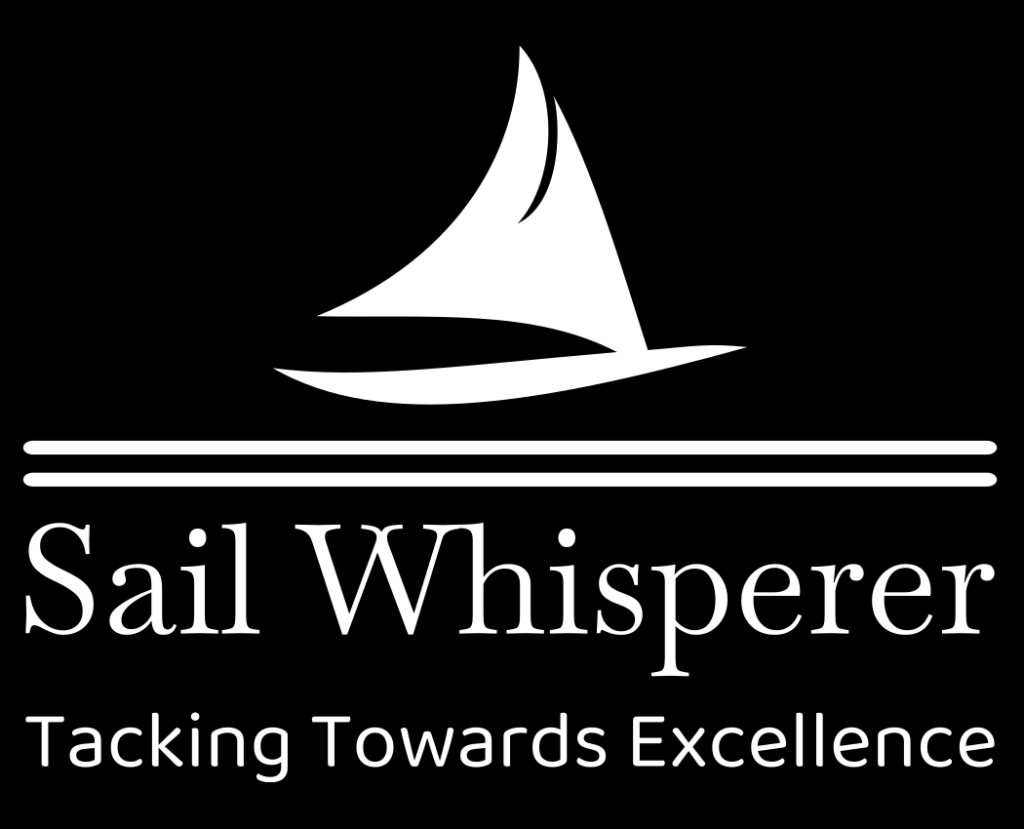Have you ever wondered about the alluring yet challenging art of sailing? The timeless romance between humans and the sea’s vastness is bound by the laws of wind and water, none more so than in the practice of sailing. Whether you’re a seasoned mariner or an enthusiastic novice, understanding the five essentials of sailing provides the knowledge and confidence to navigate the open waters successfully.
Understanding the Wind: The First Essential
Sailing fundamentally revolves around harnessing the wind. The skill lies in manipulating sails to catch the wind optimally, allowing your vessel to move effectively. Let’s explore this concept further so that you might grasp how sailing is not just about drift but meticulously controlled movement.
The Physics of Wind and Sails
The wind is a potent force that serves as a sailboat’s engine. Understanding its behavior is essential. The sail works like an airplane wing; as the wind flows over it, differences in pressure create lift, which propels the boat forward. This lift operates perpendicular to the wind direction, and efficient sailing requires optimizing this force.
Wind Direction Terminologies
To proficiently manage your sails, you must first understand wind direction terms used in sailing. Here’s a quick look:
| Term | Description |
|---|---|
| Windward | The direction from which the wind is coming. |
| Leeward | The direction to which the wind is traveling. |
| In Irons | When a boat is pointed directly into the wind and is motionless. |
| Beating | Sailing against the wind by zig-zagging in an upwind direction. |
Becoming familiar with these terms will help you interpret wind conditions effectively, further enabling informed decisions to adjust your sails.
Adjusting Your Sails
Knowing how to adjust your sails according to the wind is crucial. This operation involves trimming, easing, or reefing your sails to control speed and direction. For instance, if the wind speed increases unexpectedly, reefing—reducing the sail area—helps in maintaining control. Tuning the sails allows you to maximize efficiency while reducing risks to the vessel and crew.
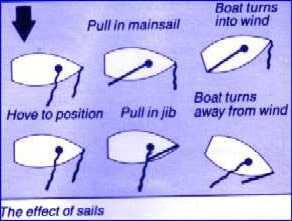
Mastering Boat Balance: The Second Essential
Achieving and maintaining balance is paramount for safety and efficiency in sailing. A well-balanced boat responds better to sailing commands and handles adverse conditions more gracefully.
The Role of the Hull
The hull’s design influences how the boat balances in the water. A deep keel provides stability, serving as a counterweight that prevents capsizing. Understanding the interaction between the hull, keel, and the environment is vital in maintaining balance.
Crew as Counterbalance
In smaller vessels, the crew’s positioning plays a critical role. By adjusting their seating location, the crew can counteract tilting caused by wind pressure on the sails. An active crew keeps the vessel stable, enabling it to maintain course even in unstable conditions.
Center of Effort and Center of Lateral Resistance
A key element in balancing a boat involves the relationship between the center of effort (CE) and the center of lateral resistance (CLR). The CE is the point where all the wind force on the sail acts, while the CLR is the point where underwater forces concentrate. Aligning these centers minimizes unwanted turning forces, known as torque.
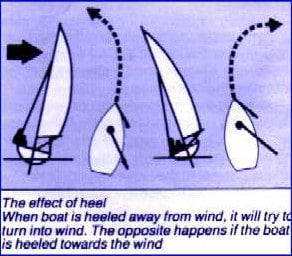
Navigation Skills: The Third Essential
No sailor sets out without a firm understanding of navigation. Whether you’re relying on modern GPS technology or traditional charts, proficient navigation is critical in charting a successful course.
Reading Nautical Charts
Nautical charts serve as maps specifically crafted for sea navigation, detailing coastlines, water depths, navigational hazards, and more. Learning to interpret these charts is fundamental for safe travels, directing your path amid the mysteries of the sea.
Utilizing Compass and Bearing
Despite technological advancements, the compass remains a sailor’s indispensable tool. Understanding how to read and utilize a compass effectively underscores the importance of navigation and assists in determining your bearing relative to the Earth’s magnetic poles.
The Role of Modern Technology
While traditional techniques prepare sailors for those “just in case” scenarios, embracing modern technology, such as GPS and other digital aids, provides a significant advantage. This technology offers real-time data and precise location tracking, proving invaluable in planning and adjusting your journey on the open waters.
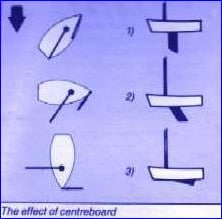
Safety Precautions: The Fourth Essential
At sea, conditions can change rapidly, making safety a top priority. Understanding vital safety measures ensures not only your well-being but also the safety of everyone aboard.
Essential Safety Gear
Your vessel should be equipped with crucial safety gear, such as life jackets, flares, first aid kits, and emergency communication devices. Each piece of equipment serves a specific function and can be the difference between life and death.
Weather Awareness
Regularly monitoring weather forecasts can avert disastrous encounters with storms or adverse weather. Familiarizing yourself with cloud formations and wind patterns will alert you to potential changes, allowing for proactive adjustments.
Emergency Procedures
Pre-defining emergency protocols is essential. Conducting regular drills for scenarios such as man-overboard, capsizing, or equipment failure ensures preparedness and instills confidence in a crew’s ability to handle crises effectively.
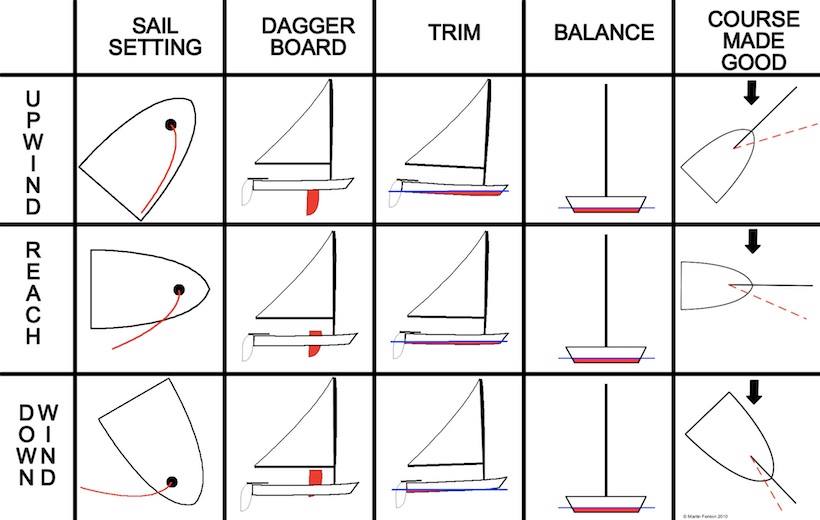
The Art of Seamanship: The Fifth Essential
Seamanship encompasses the skills, techniques, and knowledge necessary for competent sailing. Your ability to seamlessly apply these skills will reflect your prowess as a sailor.
Line Handling and Knots
Proficiency in line handling and knot tying is central to sailing. Mastering different knots, such as the bowline or cleat hitch, equips you to manage sails, secure your vessel, and perform essential operations on board.
Tacking and Jibing
These maneuvers are fundamental in changing your vessel’s direction. Tacking involves turning the bow of the boat through the wind, while jibing turns the stern through the wind. Each maneuver requires precise coordination and timing to execute effectively.
Reducing Drag for Efficient Sailing
Understanding how to reduce drag, which is resistance caused by water and air, can lead to a more efficient sail. Streamlining the boat’s hull and sails can decrease drag, allowing for smoother and faster sailing under various conditions.
In conclusion, the five essentials of sailing—managing the wind, maintaining boat balance, navigating efficiently, emphasizing safety, and cultivating seamanship—form the foundational knowledge every sailor should master. Whether you’re fighting against natural elements or finding harmony with them, these elements empower you to set sail with assurance and poise. Through continued learning and experience on the open waters, these essentials become second nature, strengthening your command of maritime adventure.
